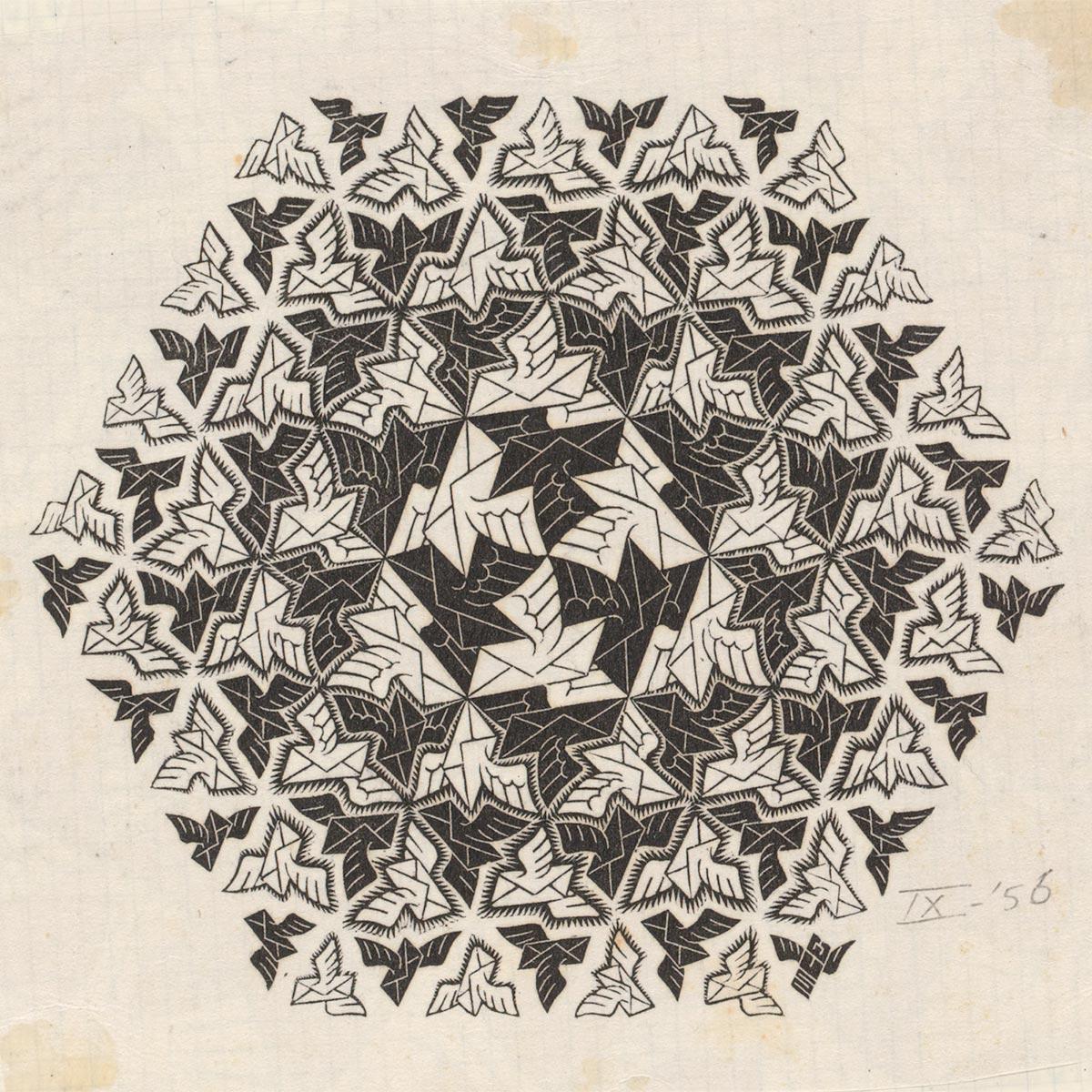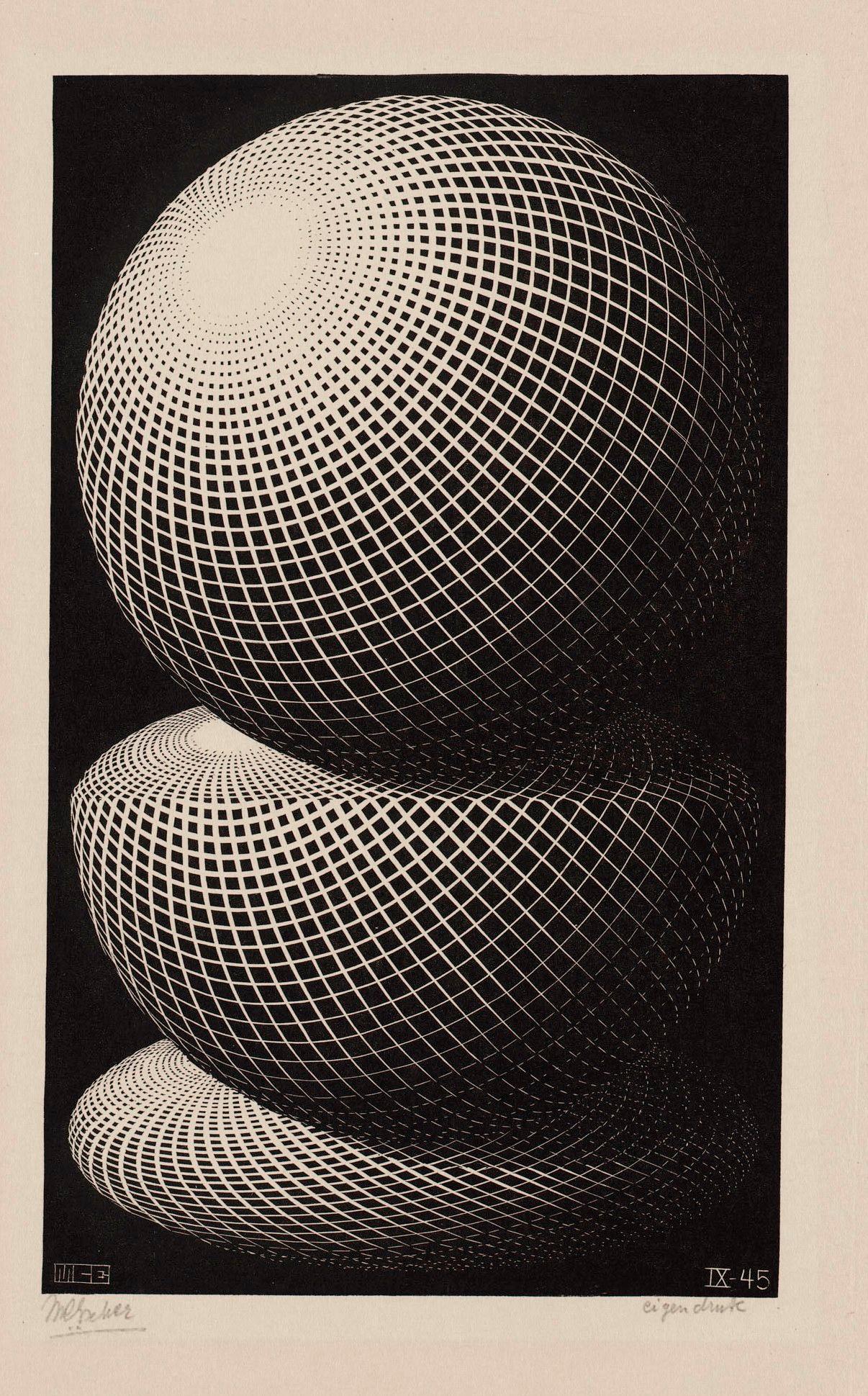

In September 1941 Escher started on his woodcut Fish, the first work he produced after moving to Baarn. In his diary he wrote about the process:
12 Sep: 'At night fish woodcut idea.'
13 Sep: 'Started on it.'
07 Oct: 'Started on 1st block Fish.'
16 Oct: 'Started on 2nd block Fish.'
23 Oct: 'Started on 3rd block Fish.'
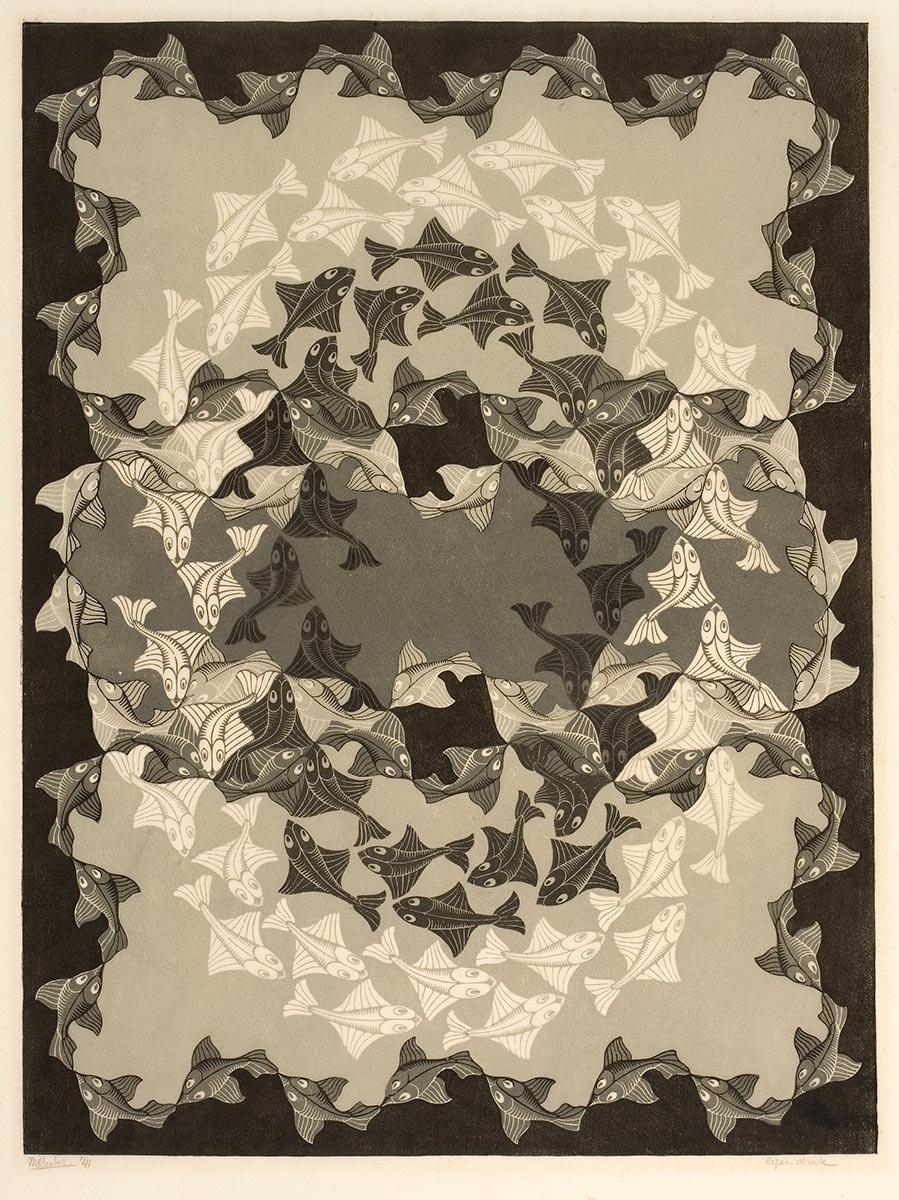
Fish is a print consisting of two interwoven threads. Each of them has a series of fish swimming head to tail, which are mirror images of one another. One thread starts in the bottom right corner, zigzags in horizontal swings upwards and finishes in the top left corner. The other one starts bottom left and zigzags towards the upper right corner.
At the end of October, the print was purchased by Pulchri Studio in The Hague for its 'raffle fund'. With the support of its members, this fund purchased works of art created by artists who were members of Pulchri. The works were then raffled among the members. In this way, Pulchri was able to support its artist members and regular members had the opportunity to get hold of a legitimate work for free. During the draw on December 29, 1941, 54 works of art were raffled among the members. The winning lottery number for Fish (mistakenly referred to as lithograph in the newspaper article) was 1116.
Escher was pleased with the purchase, as evidenced by a letter he wrote to his good friend Hein 's-Gravezande on 1 November:
'Just now came your glad tidings about the purchase of my fish for the raffle fund. Thank you very much for your decisive advice! At the same time as your news, Pulchri also sent me a message about the purchase. I am pleased that you liked the thing; I heard a similar verdict from Mesquita; he even considered it a "milestone" in my production. Weak as I am, I now feel influenced by your judgment and, although not enthusiastic, I am less dissatisfied with it than before.'
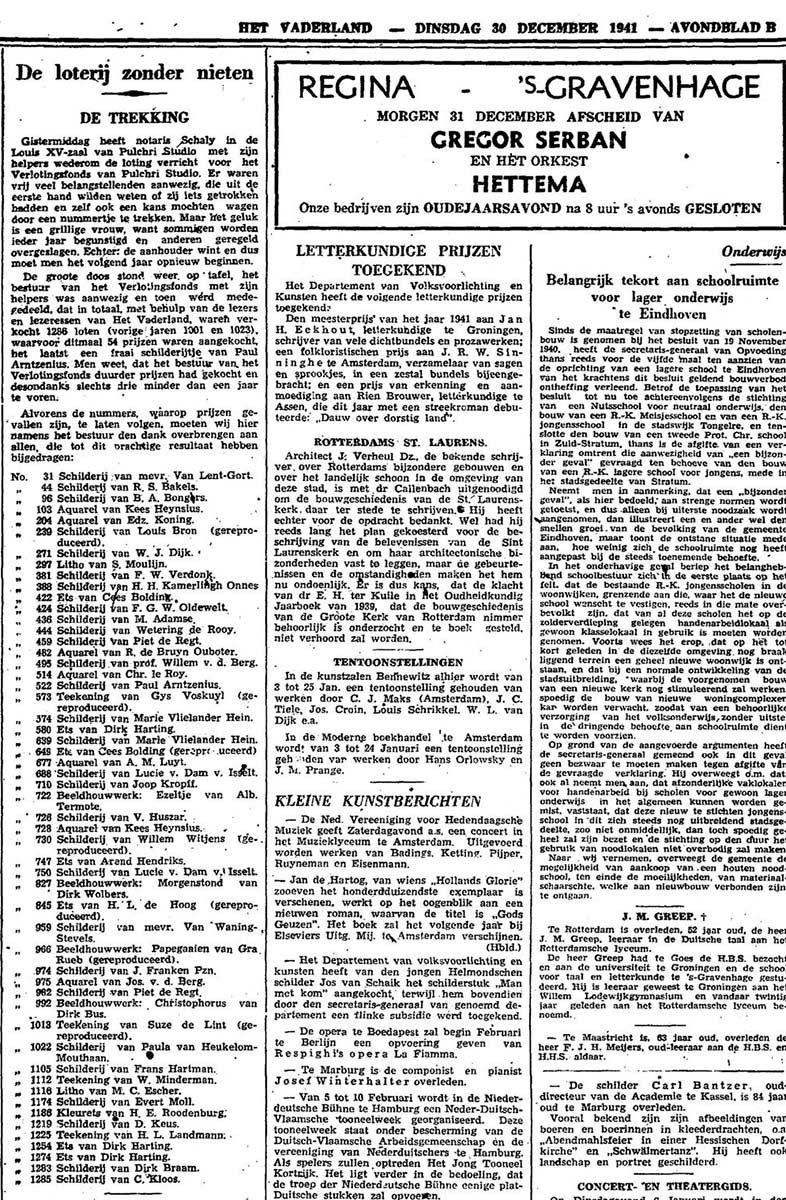
Despite being purchased by Pulchri and admired by De Mesquita and 's-Gravezande, Escher himself was not satisfied with Fish. He called it a ‘mosaic’—nothing more and nothing less. He only exhibited the print twice and he sold just a few of them*.
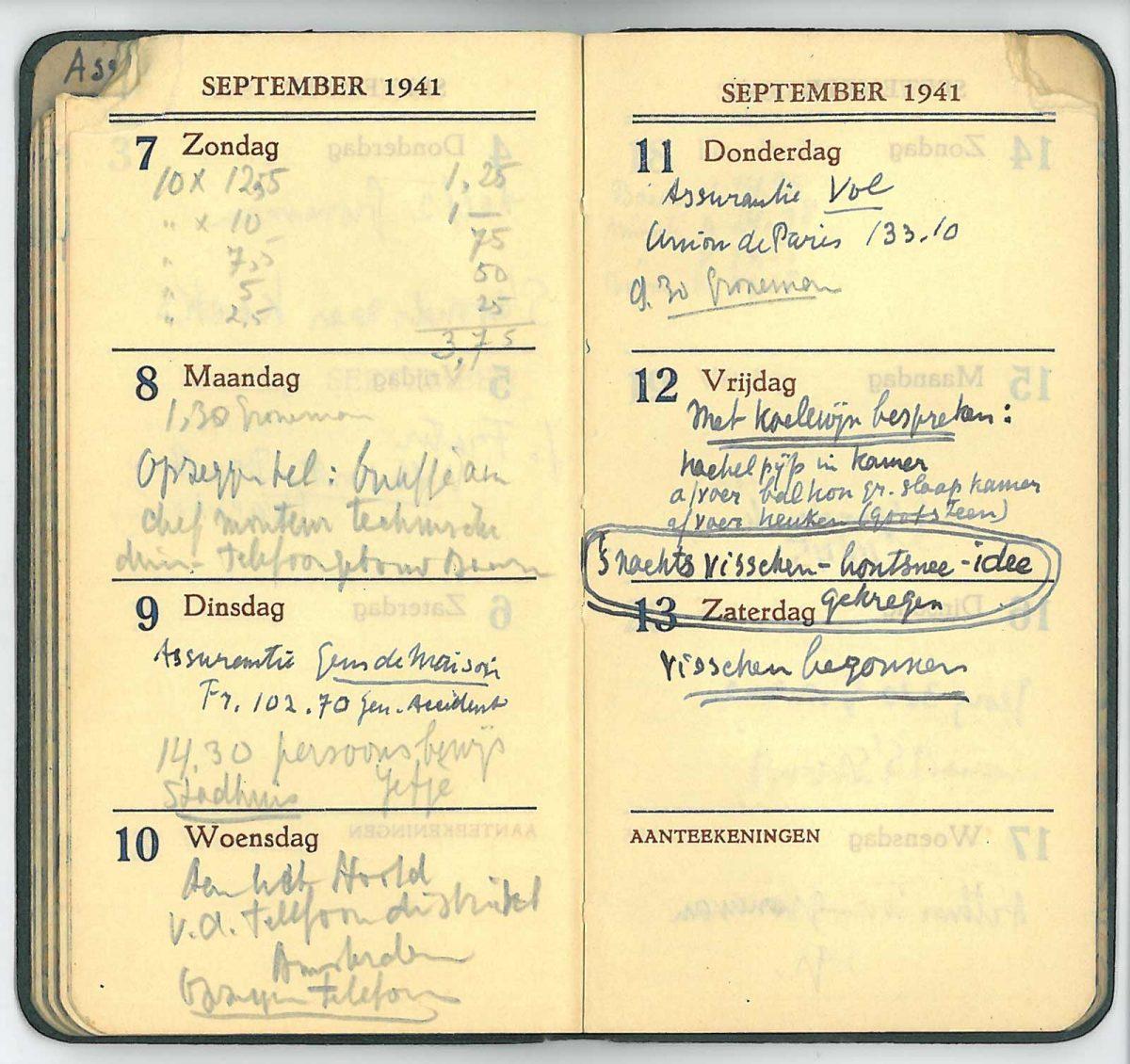
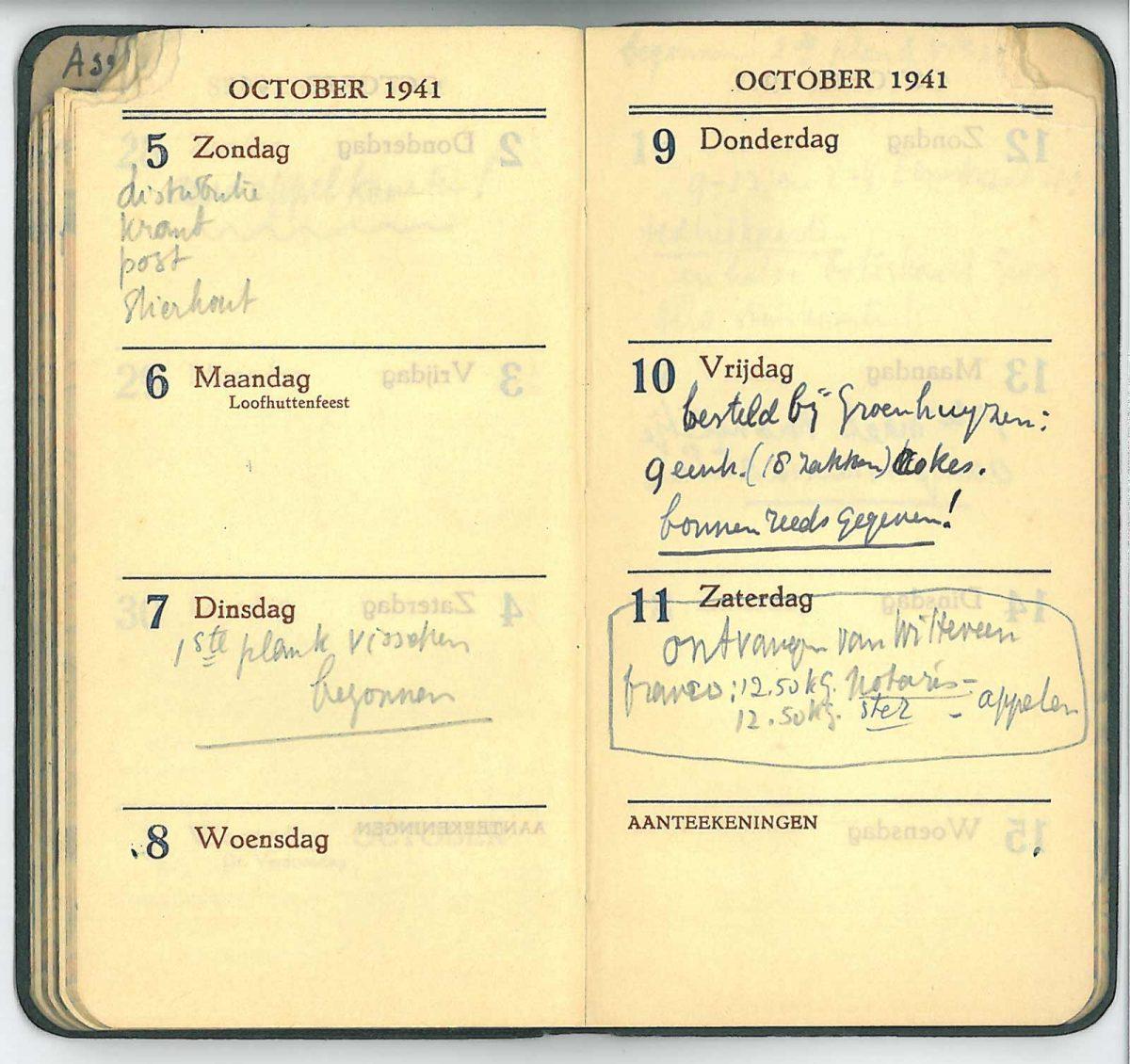
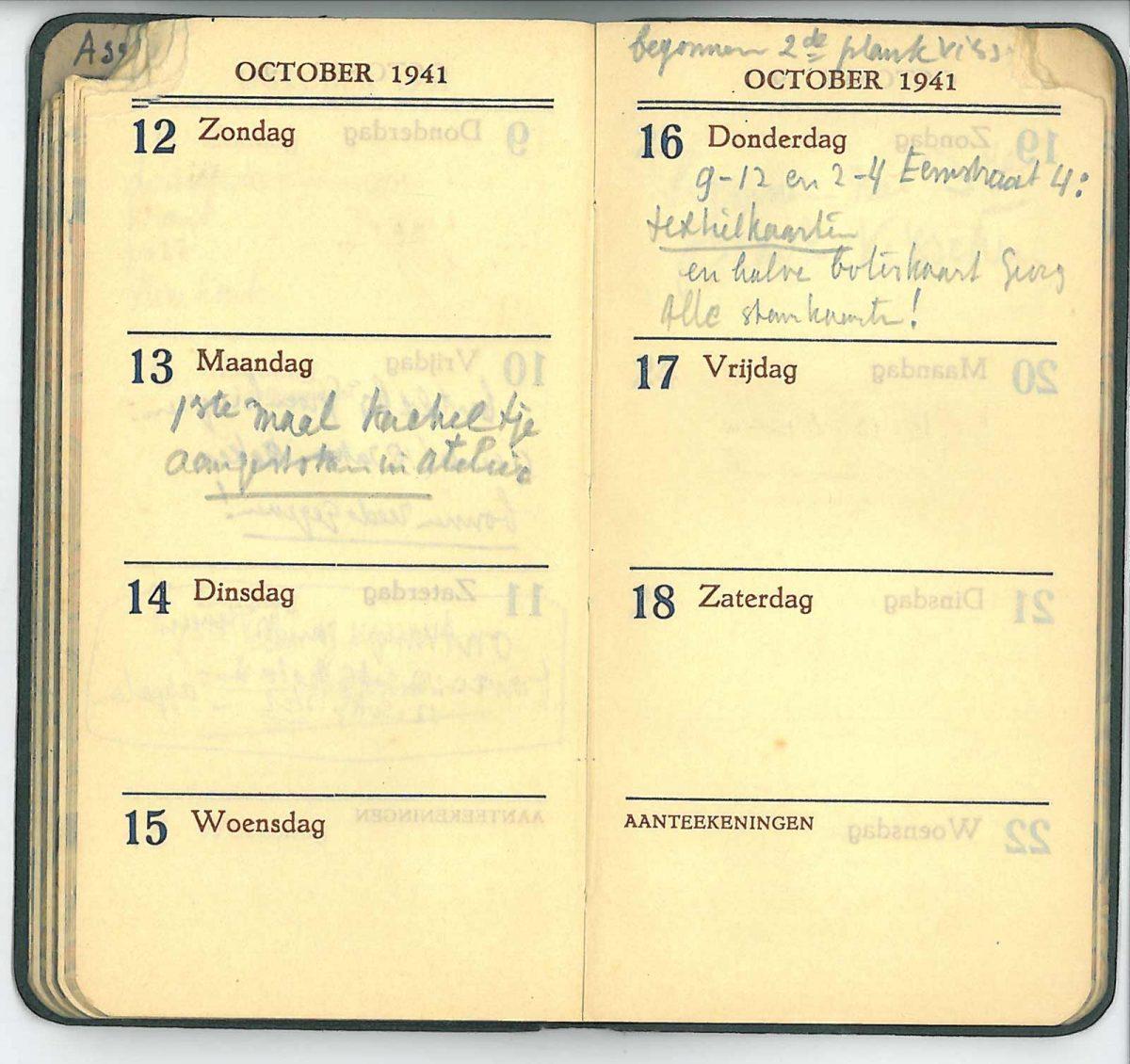
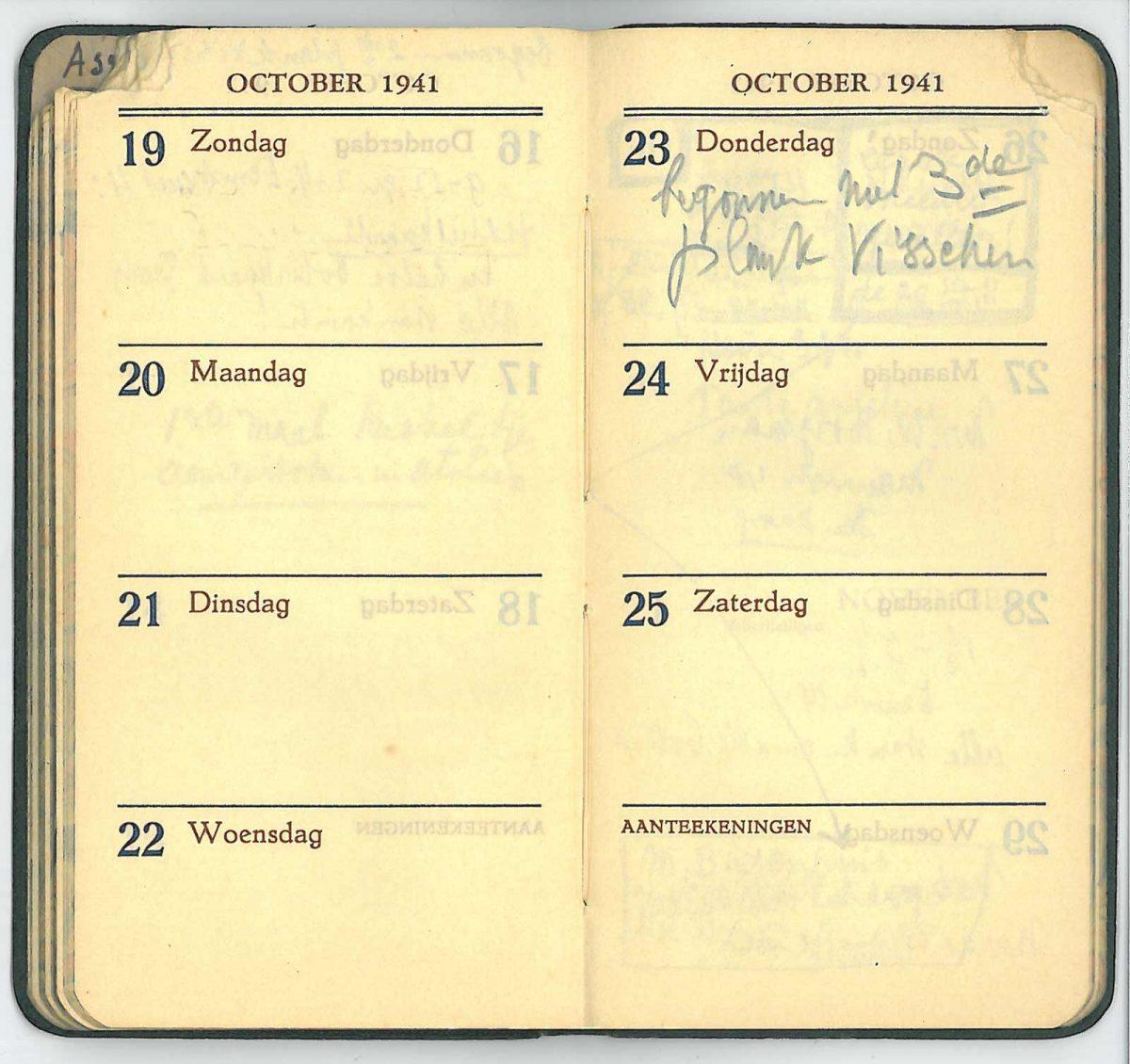
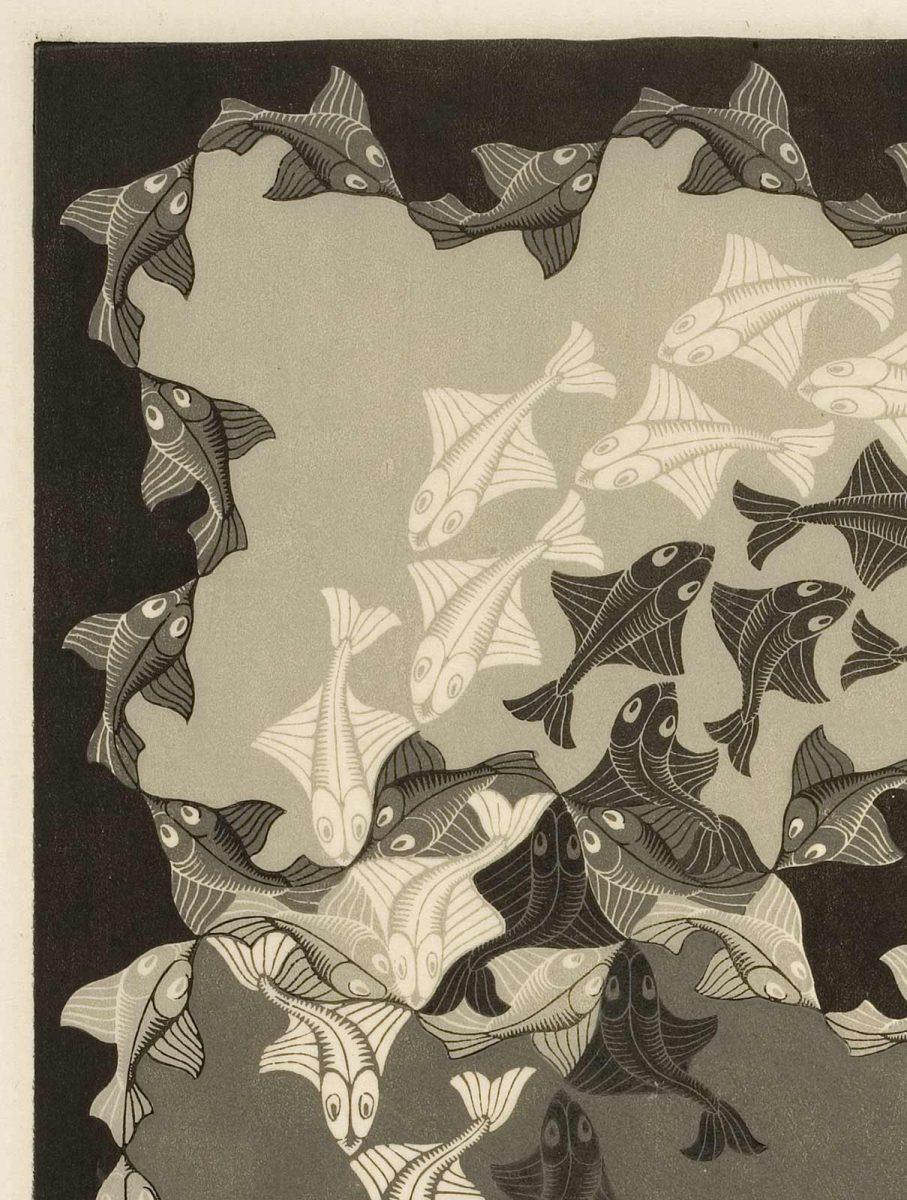
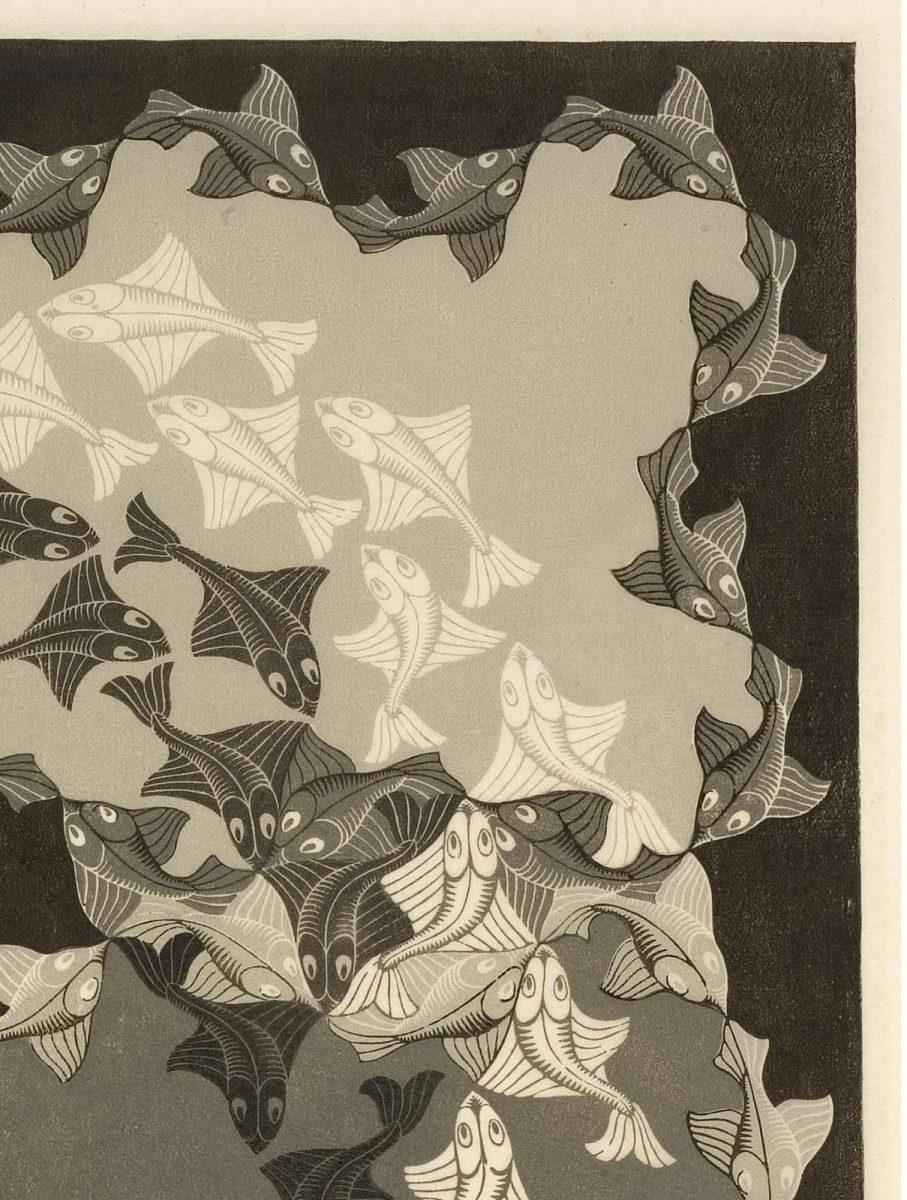
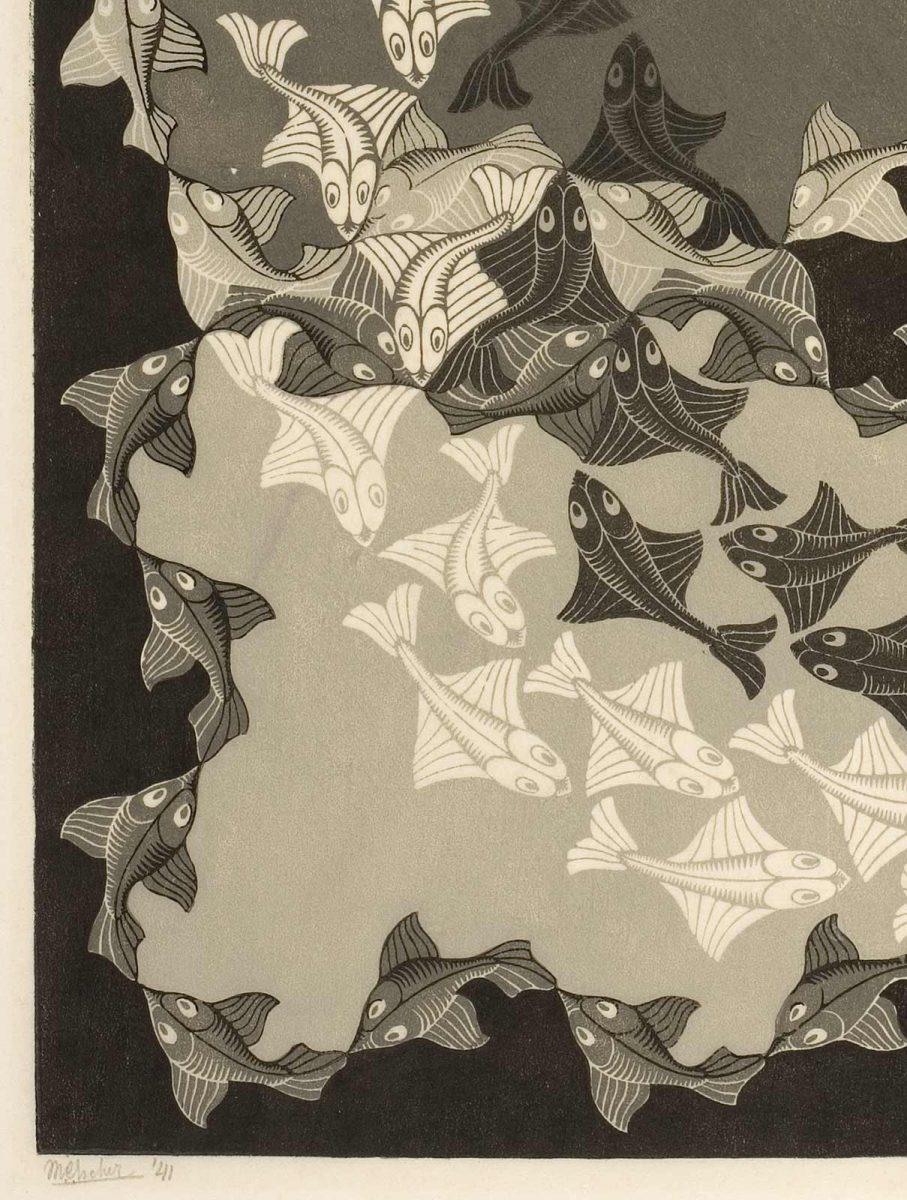
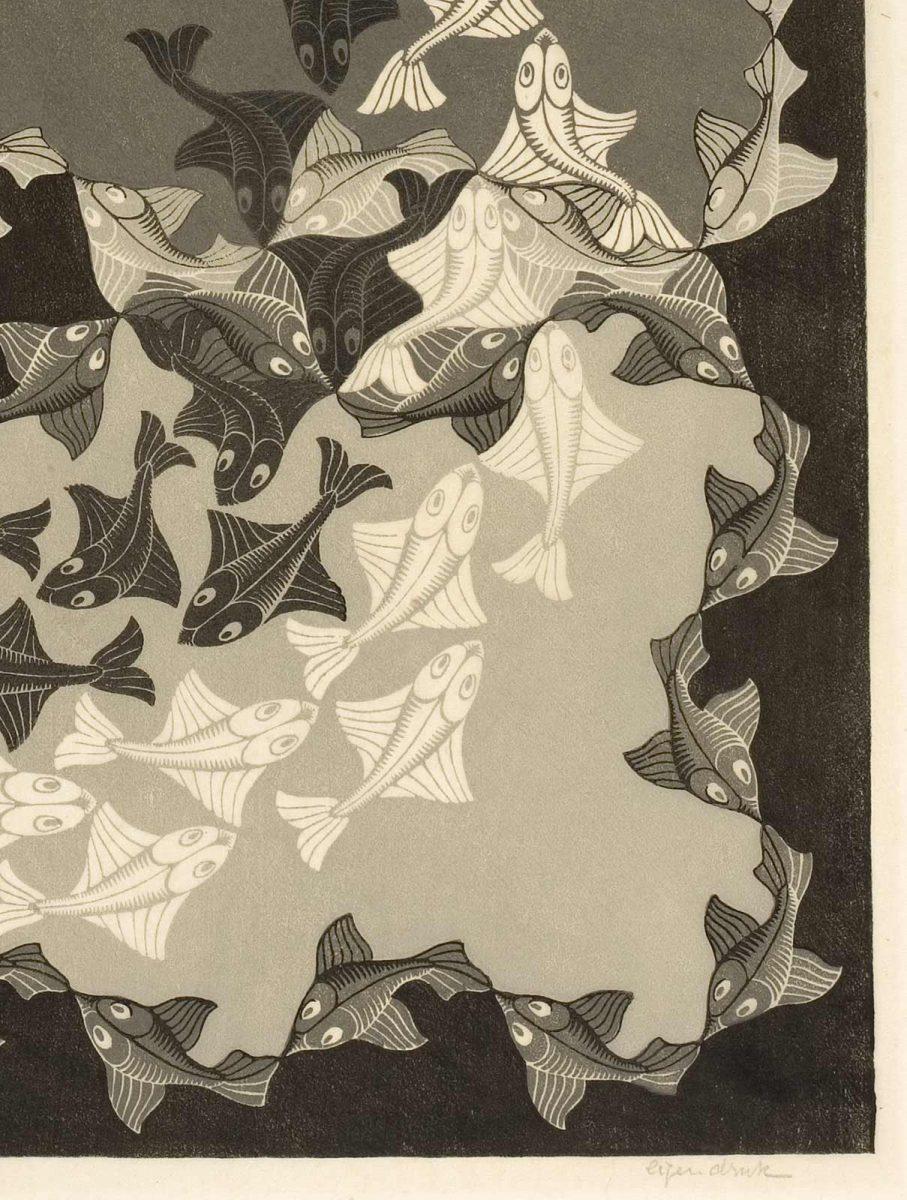
Source
[*] Wim Hazeu, M.C. Escher, Een biografie, Meulenhoff, 1998, page 275-276
More Escher today

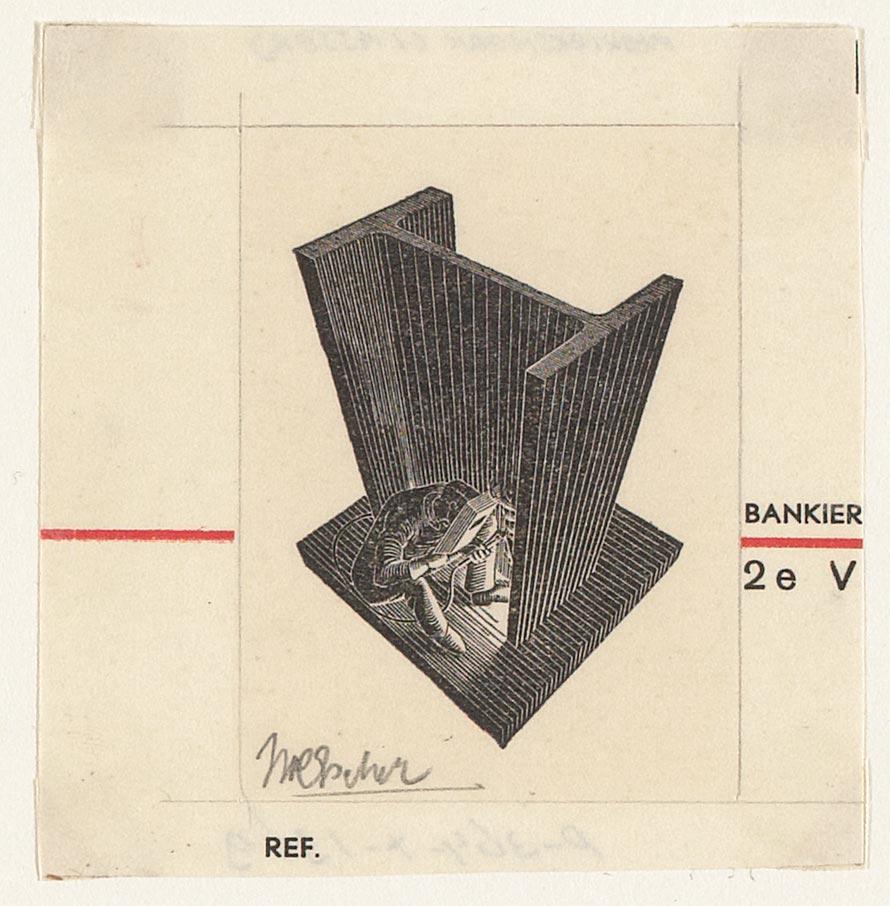
Trademark welder
